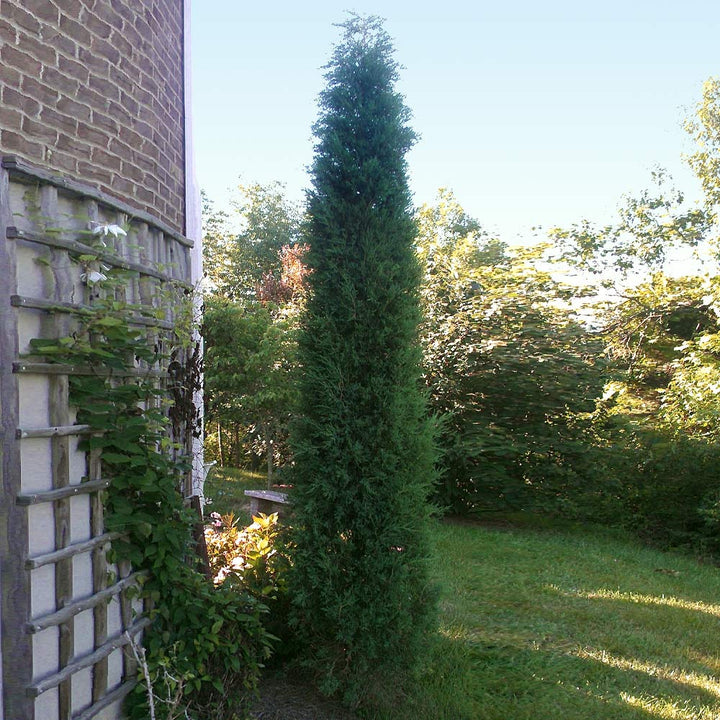

These evergreens are named for Taylor, Nebraska, where they were discovered in 1978, so they’re also obviously hardy. You can get a better idea of their looks from the photo with a 2003 University of Nebraska story (PDF).

Plus, birds love junipers and rabbits don’t, and they’re drought tolerant. The wires would be hidden, and there would be more shade. The Taylor juniper is one such variety that works well in the landscape either as a specimen or for screening or grouping.īingo! We have been to Tuscany and loved those cypress trees, and this juniper would be perfect: 25 feet is more than four fence-heights - a good two stories tall. However, they can take heart because a good substitute is a variety of juniper that grows just 25 feet tall and 3 feet wide. Tourists who fall in love with cypress trees in Tuscany often are crestfallen that they won’t grow in Wisconsin. Juniperus virginiana “Taylor”Ī MaMilwaukee Journal Sentinel article by Maryalice Koehne (which is no longer online - why do they do that?) named the Taylor juniper ( Juniperus virginiana Taylor) the “Plant of the Week.” So I thunk and I Googled and I thunk some more - and I finally found an answer which seemed like it would work. Nor did the shrubs offer any relief from the sun, which beats down most summer days from this direction. More importantly, since they grew only about a foot above the fence, they did nothing to hide the unsightly utility pole and its web of cables tangled against the sky. While the weigela did attract hummingbirds two days a year, these bushes mostly took up space. When we bought our house, there were old and gnarly shrubs hiding the fence - a mundane and invasive honeysuckle, a feeble forsythia, a wild weigela. Pictured above is our neighbor’s fence at the edge of our backyard.


 0 kommentar(er)
0 kommentar(er)
